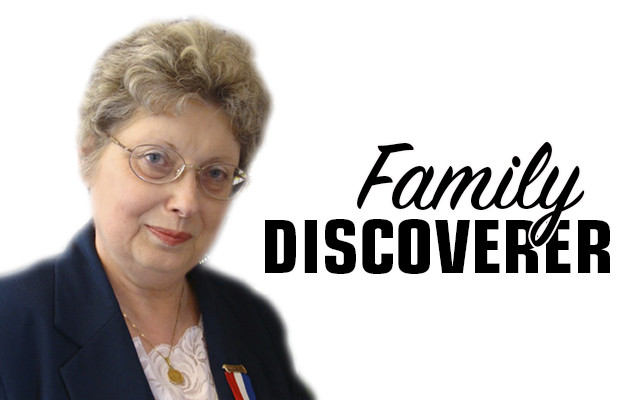
Bringing down walls
By Nancy Battick
When genealogists discover they can’t proceed further in their research into a family or individual, they call it hitting a brick wall. As we start the new year, let’s look at a couple of tips to help you make progress with your own brick walls.
First, back off. Gather your records into a file folder and put them away for a few months. Stay away from that portion of your genealogical software. This doesn’t mean you have to abandon your genealogy. You can always work on another family line. Genealogists know there are always more ancestors to research.
After a few months, revisit your research. Carefully review every piece of evidence you’ve uncovered. Look for tiny clues. Recheck everything. Note any discrepancies in the material you’ve collected.
Consider writing a bio of your “brick wall” person or family. Don’t worry about spelling, punctuation or the quality of your writing. This exercise is meant to allow you to view your research in a different format, and it can yield impressive results.
Start your bio with the name of your brick wall person, where they were born, who his/her parents were if known, and who they married or as much as you know. Plug in every single fact you have uncovered. Also, if there is conflicting information such as differing birthplaces or dates, be sure to include that. No detail is too insignificant, whether it’s a wife named Mary in one record or Susan in another.
Be sure you add footnotes stating where the information originated. Keep the footnotes simple — just make sure you’re able to see where the information came from. The footnotes are particularly important. Note if you were told a detail by a family member and if you’ve found a vital record that contradicts it. If you’ve researched the area where your ancestor lived, include that information as well. No detail is too small.
The reason behind this little bio, whether it is four paragraphs or four pages, is for you to look at your brick wall in a different manner than the usual pedigree chart/family chart format. Somehow, writing it down can identify errors or problems. Our eyes sometimes miss glaring errors and pedigree charts often don’t let you list all your information. The mini bio will allow you to see everything you know and hopefully will open new lines of sources for research.
I did this myself and realized an ancestor’s oldest son had died in the Civil War. I sent for his military file, then a pension application filed by his father. The pension application included a letter from the son and statements of facts and broke through my brick wall while identifying other problems, including two missing wives I knew nothing about. But I now know more than I did before about that ancestor.
Try the bio approach. Somehow just reading what you have, all in one place, may be what you need to take a hammer to that brick wall.
Columnist Nancy Battick of Dover-Foxcroft has researched genealogy for over 30 years. She is past president of the Maine Genealogical Society, author of several genealogical articles and co-transcribed the Vital Records of Dover-Foxcroft. Nancy holds an MA in History from UM. Reader emails are welcome at nbattick@roadrunner.com.